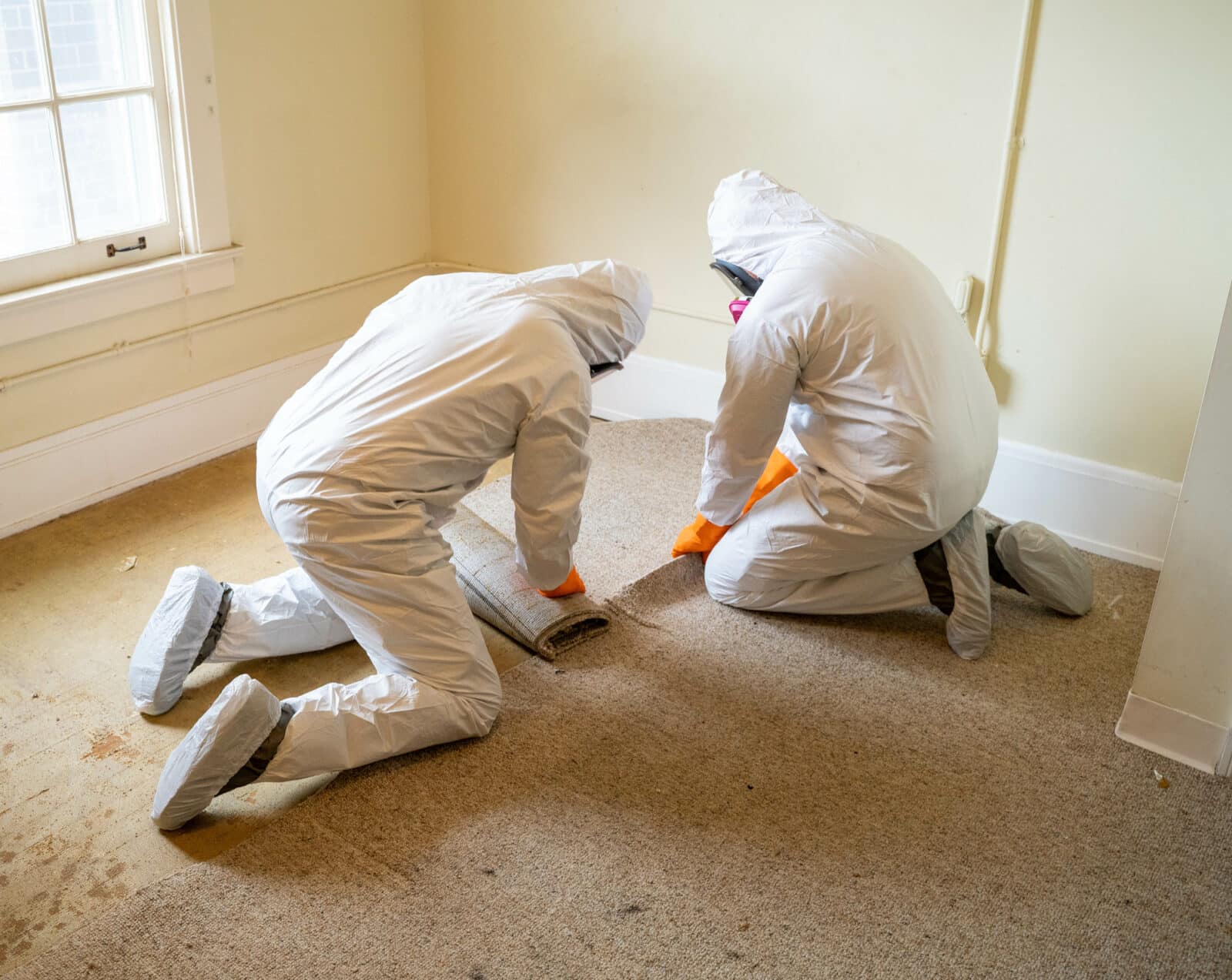Does your home have dark patches and spots on its walls and ceilings? Have you been smelling some musty odor lately? If the answers to these questions are a unanimous and resounding ‘yes,’ you’re most probably dealing with mold. The visual discomfort it brings about can be distressing and the impure air it creates is dangerous to anyone’s health.
Mold exposure may give rise to respiratory issues, allergic reactions, as well as intensification of asthma. Its effects are worse for vulnerable groups with weakened immunities, like children and older adults. And outside the sphere of people’s well-being, mold also damages property, lowering its value and increasing repair costs.
Once mold is present, you don’t have a choice but take immediate and effective action to protect your family’s health and home’s integrity. This article offers incredible mold removal tips by experts from Mondo Mold Removal. Read on!
Table of Contents
Assess the situation
Before you proceed with the actual mold removal, evaluating the extent of the infestation is critical. Inspect the bathrooms, basements, and the areas around windows and doors, as these are vulnerable to moisture accumulation. Look out for dark black, green, or white patches, too. These can point you towards the moisture source, which could be a leaking pipe or excess humidity.

While at it, always prioritize safety. Wear personal protective equipment like masks, gloves, and goggles to prevent inhalation, ingestion, and touching of mold spores. Also, watch out for electrical hazards, especially where water damage has occurred. See, water is an electric conductor, and it can expose you to the risk of shocks. Turn off power to affected areas to keep safe as well.
If the mold infestation is extensive and intensive, you might want to seek professional help. Expert mold remediation companies have the know-how and equipment to effectively deal with difficult mold infestation cases. Knowing the extent of the damage lets you know what you’re dealing with.
Containment and source control
After identifying the source of the mold, set up measures to contain it to prevent further spread. First, isolate the infested area. You can use plastic sheets to seal vents and doorways. This will prevent mold spores from flying into other rooms.
Next, tackle the moisture source. If it’s a leaking pipe, shut off the water mains. If moisture seeps in from the outside, seal the culprit cracks. Mold can’t thrive in the absence of water. Also, improve ventilation in the affected area by opening the window or using fans to circulate air. This helps dry out wet spots conducive for mold growth.
To reiterate, extensive infestation requires expert mold removal methods. Attempting to rectify the issue on your own can even worsen the problem, or you may contract dangerous diseases. Professionals remove mold thoroughly and safely.
Gather essential supplies
Successful mold removal requires the right tools. Must-haves include masks, gloves, and scrub brushes. You’ll also need a bucket and disposable rags for wiping and cleaning surfaces.
Use eco-friendly cleaning solutions like vinegar and bora, which successfully eliminate mold without the harmful effect of chemicals. Mixing these cleaning agents with water is enough. But you may also want to add some bit of baking soda for a more thorough cleaning.
Consider the type of surface you want to clean when choosing cleaners. For instance, wallpaper is delicate, requiring gentler solutions like white vinegar, mild dish soap, or baking soda. On the other hand, tougher areas like tile can do with stronger cleaners like bleach or ammonia.
Cleaning and disinfection
Approach cleaning systematically for good results. First, ventilate the infested area by opening windows or switching on fans. This helps protect your health.
Next, prepare the surfaces before applying the cleaning solutions. Use a dry brush to get rid of loose mold. Vacuum-clean the area to capture loose spores. And you’re now ready to apply your cleaning solution.
Drywall and wood will need gentle scrubbing. But take care not to wet them excessively as they can absorb moisture and get damaged. Meanwhile, tiles, metals, and sealed stone surfaces can tolerate stronger scrubbing and hardy solutions.
When done with cleaning, apply a disinfectant to exterminate any remaining mold spores. This helps prevent future mold growth.
Drying and monitoring
As stated earlier, mold thrives in damp conditions. So, don’t make the mistake of leaving the cleaned areas wet. Use dehumidifiers and fans to completely dry the surfaces. Adequate air circulation helps speed up the drying process and disperses airborne mold spores.
Thereafter, watch out for telltale signs of mold returning. A simple visual inspection should do. Or you can detect it through a musty smell. Consistent monitoring ensures the mold menace doesn’t return unnoticed.
Conclusion
Mold removal helps protect your health and prevent your property from further deterioration. The tips above will help you do it thoroughly and safely. It’s best to engage professionals in case of extensive infestation, as they have the expertise and equipment to deal with it. Other than that, try to implement preventive measures like maintaining a low indoor humidity and fixing leaks immediately after they’re detected.





